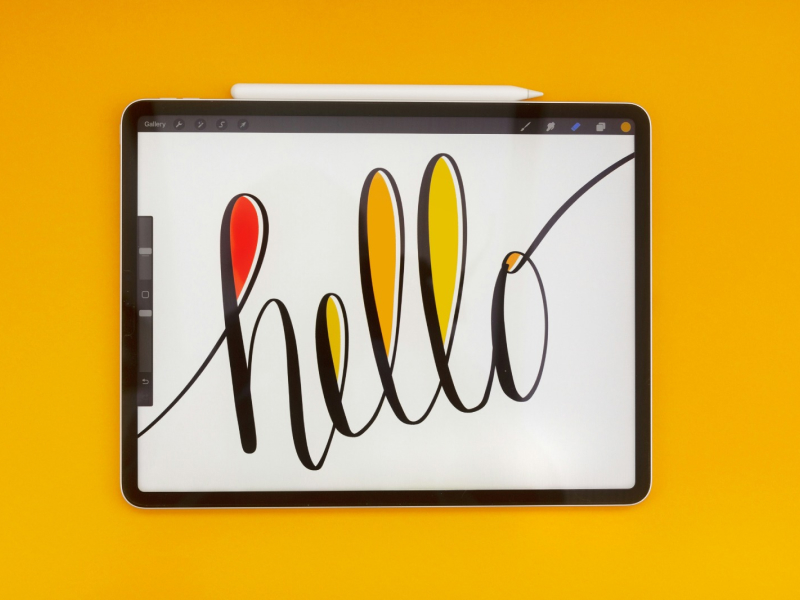Creative and media agencies are undergoing a profound transformation, one that is reshaping the way professionals work and challenging conventional notions of creativity. At the heart of this change lies the rapid adoption and experimentation with generative AI tools. From content creation to marketing strategies, AI is infiltrating various aspects of these industries, offering both promise and complexity.
Adoption and experimentation with generative AI
AI tools gaining popularity
In recent years, professionals across creative and media agencies have increasingly turned their attention to generative AI tools. These tools, with their user-friendly interfaces and impressive capabilities, have sparked a wave of curiosity and innovation. A standout example is ChatGPT, a language model that can craft compelling narratives and generate marketing copy with relative ease. Similarly, DALL-E has taken the art of visual storytelling to new heights by generating images based on textual descriptions.
This shift toward embracing AI in creative endeavors challenges the conventional wisdom that creativity is solely a human domain. Instead, it underscores the complementary nature of AI in enhancing human creativity. Agencies are discovering that these AI tools can be valuable allies in their quest to produce engaging content and visuals. Yet, this newfound partnership is not without its challenges.
Practical applications in agencies
Creative agencies are harnessing the power of AI for an array of tasks. ChatGPT, for instance, assists in generating content marketing topics, crafting video marketing scripts, and conducting keyword research for SEO optimization. By seamlessly integrating AI into their existing processes, agencies are finding that they can amplify their creative output. Importantly, AI is not supplanting human creativity but rather working in tandem with it.
The ability of AI to generate content at scale is particularly beneficial. It relieves human professionals of the more repetitive and time-consuming tasks, allowing them to focus on higher-level strategic thinking and creative ideation. As a result, creative and media agencies are becoming more efficient in producing a wide range of content, from blog posts to social media campaigns.
Challenges and limitations of generative AI
AI’s struggle with brand voice
While AI tools like ChatGPT excel in rule-based tasks and SEO optimization, they face a significant hurdle in developing a unique brand tone of voice. Often, AI-generated content can come across as robotic and lacking the distinctiveness that defines a brand’s identity. This challenge is particularly relevant in industries where brand voice is integral to storytelling and consumer engagement.
However, AI’s ability to adhere rigorously to predefined criteria can also be an advantage. In structured environments like SEO, where precision is paramount, AI can ensure that content meets specific guidelines and remains consistent with established brand values.
Intellectual property concerns
The integration of AI into creative work raises a pressing concern: intellectual property rights. AI models, including ChatGPT and DALL-E, learn from vast datasets that contain human-created content. As a result, there is a risk of unintentional copyright infringement when AI generates content that closely resembles existing works.
This risk has the potential to lead to legal disputes and challenges from artists and creators who may feel their work has been used without permission. As agencies continue to explore the possibilities of AI, addressing these intellectual property concerns will become increasingly important to avoid legal entanglements.
Future implications for creative and media agencies
Potential for industry disruption
Experts in the field predict that AI will have a more profound impact on advertising and creative agencies than the internet or television did in their respective eras. This disruption could redefine the roles of agencies, shifting their focus from manual labor-intensive tasks to more strategic and curatorial functions.
As AI takes on the heavy lifting of generating content and visuals, agencies may find themselves playing a more guiding and supervisory role. This shift could lead to a reevaluation of traditional agency business models and a reconsideration of how costs are justified.
Shift in agency business models
One significant consequence of AI integration in creative agencies is the potential challenge to the traditional full-time equivalent (FTE) billing model. Historically, agencies billed clients based on the number of hours worked by their staff. However, as AI proves its efficiency in generating multiple iterations of ideas and content quickly, the justification for high human labor costs may diminish.
Agencies will need to adapt to this evolving landscape, exploring alternative billing models that accurately reflect the value they provide to clients. This could lead to more project-based pricing or a focus on delivering strategic insights and creative direction.
Emergence of new roles
The increasing prominence of AI in creative industries is likely to give rise to new roles within agencies. One such role is that of an AI trainer or AI curator. These individuals will be responsible for fine-tuning AI tools to align them with specific project goals and objectives. Similar to the collaborative partnership between an art director and a copywriter, AI trainers will work to enhance the performance of AI models.
Their expertise will be crucial in ensuring that AI-generated content not only meets quality standards but also aligns seamlessly with the creative vision of a project. This represents a merging of human creativity and AI-powered efficiency, creating a symbiotic relationship that drives innovation.
Ethical and practical considerations
AI’s lack of understanding of truth
One of the prominent challenges of integrating AI into creative processes is the technology’s inability to discern truth from fiction. AI models like ChatGPT can generate content that may be factually incorrect or misleading, particularly when drawing from vast datasets that include diverse perspectives.
This underscores the need for human oversight and intervention in AI-generated content. Professionals in creative and media agencies must remain vigilant in ensuring the accuracy and reliability of the content they produce, even when AI is involved in the creative process.
Credit and recognition in AI-created work
The question of credit and recognition in AI-assisted work is multifaceted. In traditional advertising and creative industries, individual contributions are not typically attributed, and the focus is on the collective effort of the agency. However, as AI plays an increasingly prominent role in content creation, there is a growing debate about how to acknowledge the contributions of human professionals.
Balancing the recognition of human creativity with the significant contributions of AI tools remains a challenge that agencies must navigate. Finding the right attribution model that acknowledges the collaborative nature of modern creative work is essential for fostering a healthy and productive work environment.
Final thoughts
The transformative impact of generative AI in creative and media agencies is as clear as day. These AI tools are gaining popularity for their ability to augment human creativity, not replace it. As agencies experiment with AI integration, they must navigate challenges related to brand voice, intellectual property, and ethical considerations.
The future of creative agencies may involve a shift in business models, the emergence of new roles, and a delicate balance between human and AI contributions. In this dynamic landscape, agencies that embrace AI with a clear understanding of its potential and limitations are poised to thrive in the age of creative disruption.





